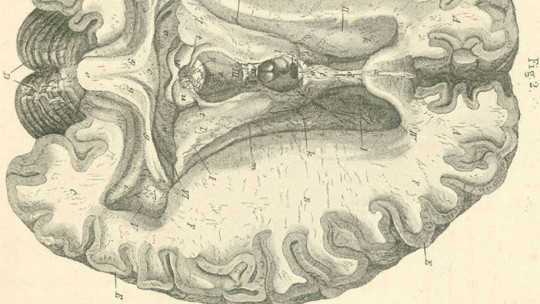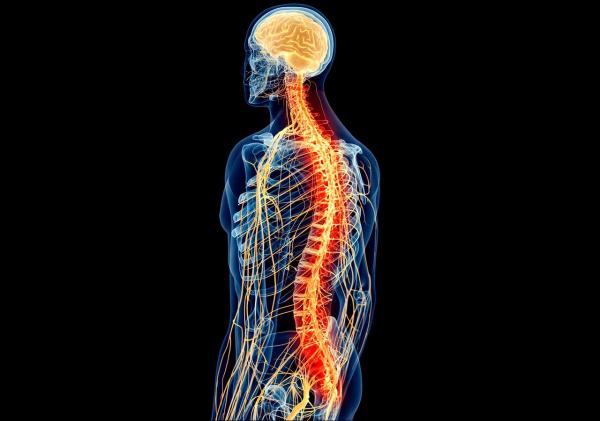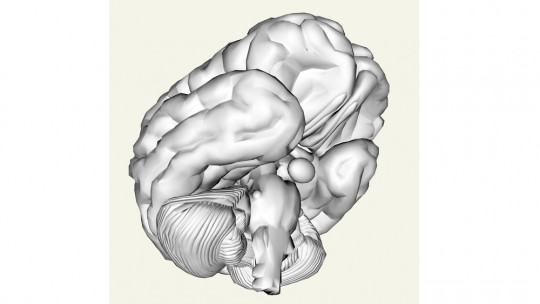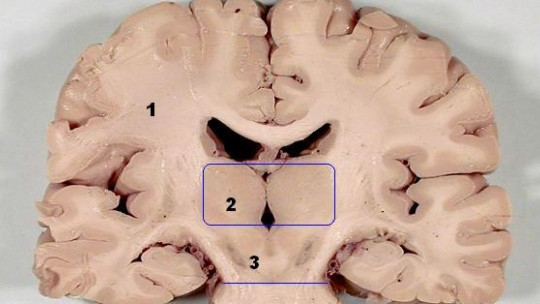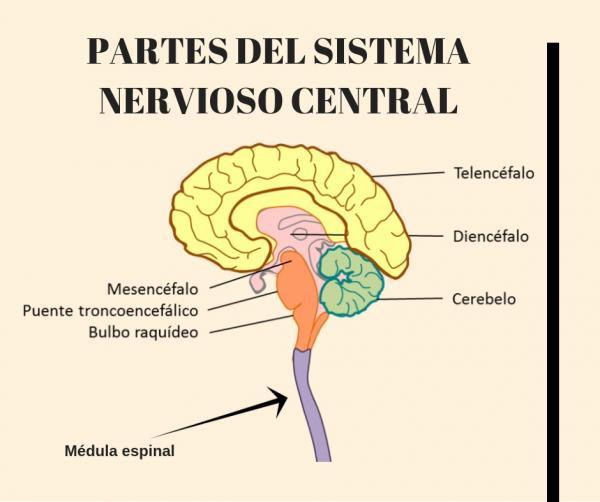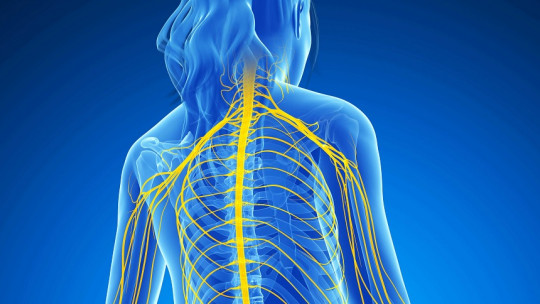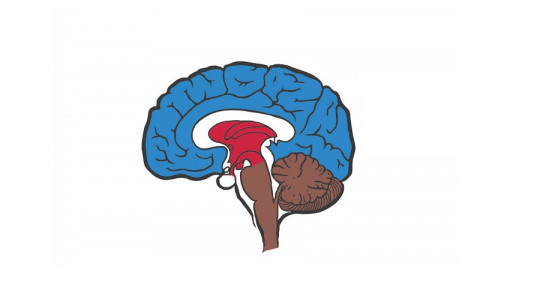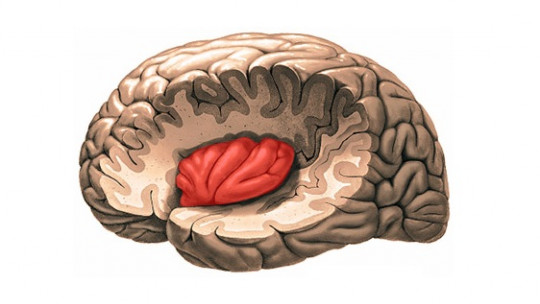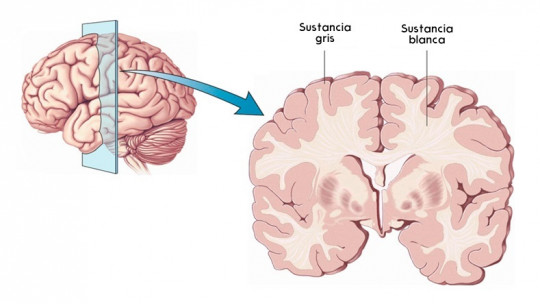
Almost all of us have heard about the gray matter that one person or another has. In Spain it is a concept that has popularly been associated with intelligence, but in reality its role is much more important than that.
Gray matter can be found in the brain, yes, and its existence also has to do with the way in which mental processes related, among other things, to cognition and intelligence develop. But having more or less gray matter does not mean being more or less intelligent. This is because its function is more general and essential, and has to do with the basic functioning of the nervous system.
What is gray matter?
Gray matter, also called gray matter, It includes the areas of the central nervous system in which the somas of neurons predominate (that is, the part of the neuron in which its nucleus is located and its “body” from which the branches depart).
The gray color of these areas contrasts with the white of the rest of the nervous system, which has that appearance because the axons of neurons predominate in them, that is, the extensions that arise from the somas and are covered by myelin, white in color. .
In qualitative terms, there are no relevant differences between the composition of white matter and gray matter: in both there are neuronal somata, dendrites and myelinated axons. However, yes There are significant differences in the quantities and proportions in which these elements are present in each of them
So, technically gray matter is not a part of the brain, but the material with which some parts of the brain are built.
The distribution of gray matter
The areas of the brain and spinal cord that are made up of gray matter do not form a homogeneous group, but are distributed and in some cases there is white matter between them. However, in most cases these areas are large enough that they can be easily distinguished with the naked eye.
In the spinal cord, gray matter is located in the central and lateral part (in any of its sections, regardless of the height at which it is), but in the brain it is more distributed.
The cerebral cortex, for example, is made up of gray matter but the same occurs with the basal ganglia, which are located below, with the deepest and most superficial part of the cerebellum and with many other scattered areas, such as the thalamus and hypothalamus.
The function of these areas
Unlike white matter, where myelin makes nerve impulses travel quickly through axons, gray matter cannot make the information that flows through it go as fast. The main function of these areas is not to make electricity pass quickly through them but it has to do with the processing of information, whatever type it may be.
As the content of the information processed by the gray matter areas is very diverse, the effects of a decrease or increase in this substance are also varied. That is why injuries in these areas depend on the type of structure they affect. However, no part of gray matter can work without the help of white matter, since they need to be connected to each other to function correctly.
Regarding the gray matter of the spinal cord, This is responsible for acting as an information directory, that is, it is where it is decided what information enters and leaves the nerves of the peripheral nervous system and what information should travel up or down the spinal cord. Furthermore, there are some theories about memory according to which memories are stored chemically within neuronal somata, which are much more abundant in this type of brain tissue.
Concluding
The presence of gray matter tells us that the part of the brain in which it is located receives information from many areas of white matter and that, in some way, They function as information processing clusters and in which the nervous impulses that travel through the axons encounter a relay that directs them to another destination.
This implies, among other things, that gray matter and white matter are needed to work as they should; Not in vain are they two types of brain tissue differentiated by the concentration of the part of the neurons that predominate most in them (axons or somata), and these small nerve cells form an organic unit that cannot be separated without destroying it.

